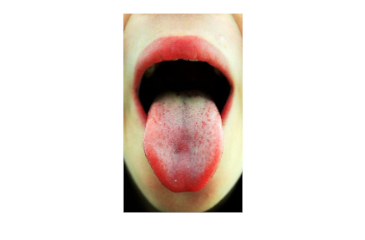- Series:Humans, Transcript English
Research is showing that we can forget just about everything we ever learned about how we taste food. To begin with, we don’t taste with our tongues but with our brains. Remember those tongue maps that we all learned about in school? They show that we taste sweet on the tips of our tongues, salt and sour flavors on the sides, and bitter tastes at the back of our tongues. In truth, research shows that we taste each of these flavors all over our tongue. And, no, those little bumps on your tongue are not taste buds. Rather, each of those bumps contains many taste buds.

Further, the right half of your tongue does not communicate with the left half of your tongue. Each half has its own nerve that runs to the brain that interprets signals from the tongue as taste. These nerves pass right under your eardrum. That’s why a virus infecting your ear can cause you to lose some ability to taste. Dental Novocaine is often administered very close to these nerves, which is why some people experience phantom tastes when the dentist gives them a shot.
Most amazing is the part touch plays in taste. If the right half of your tongue is numbed and you drag a flavor from the right half of your tongue to the left, only the left half will taste it. However, if you drag the flavor from the left half of your tongue to the right, your brain concludes that the left half of your tongue should experience the flavor, and it does, despite being numbed.
The ability to taste flavors is a blessing from our Creator. He even invites us to Himself by urging us to taste and see that He is good.
Psalm 34:8
“O taste and see that the LORD [is] good: blessed [is] the man [that] trusteth in him.”
Prayer:
Thank You, Lord, for the gift of taste, for You are good! Amen.
Notes:
Discover, 7/00, pp. 70-75, “Tourist is a taste lab.” Photo: Licensed under the Creative Commons Attribution-Share Alike 3.0 Unported license.
© 2024 Creation Moments. All rights reserved.
